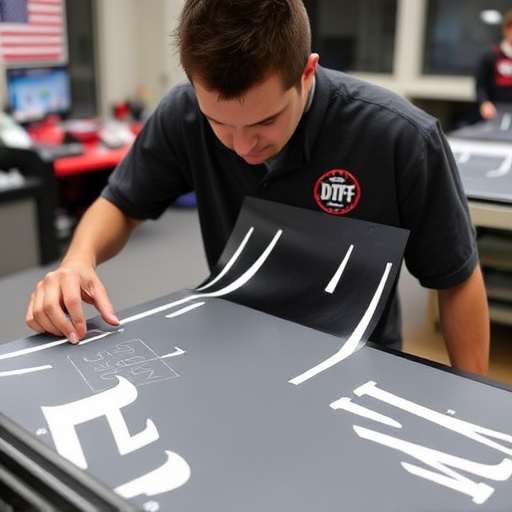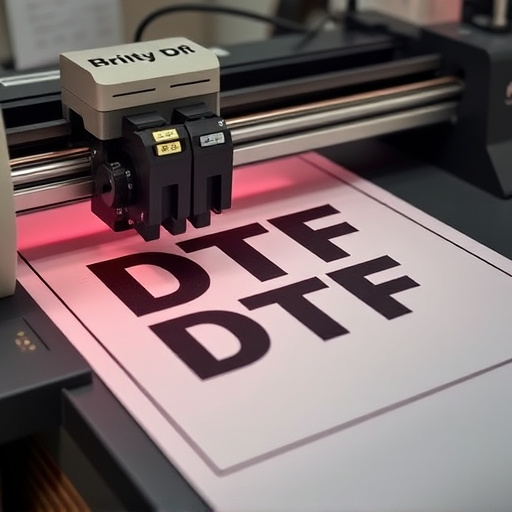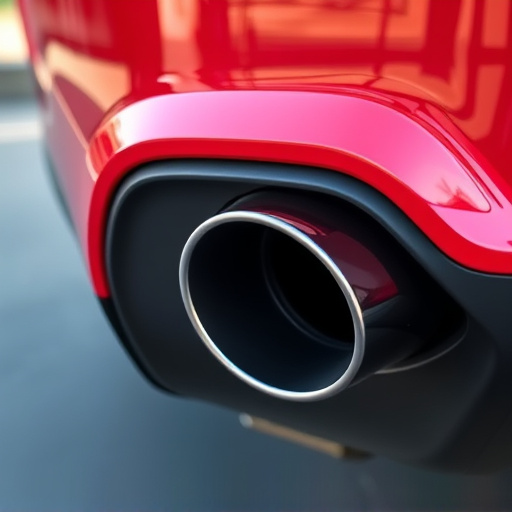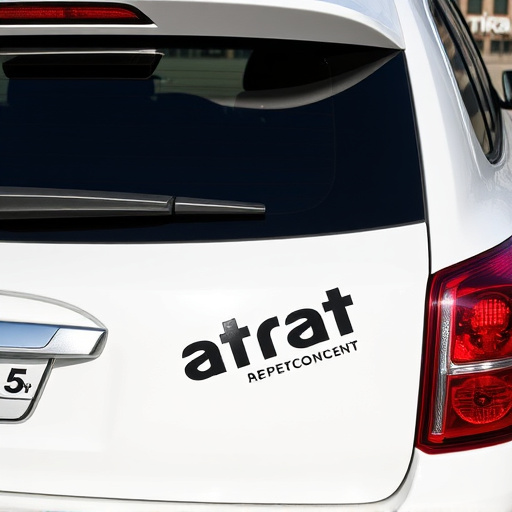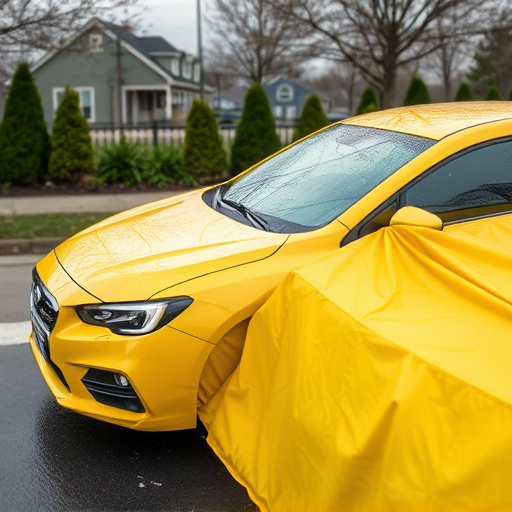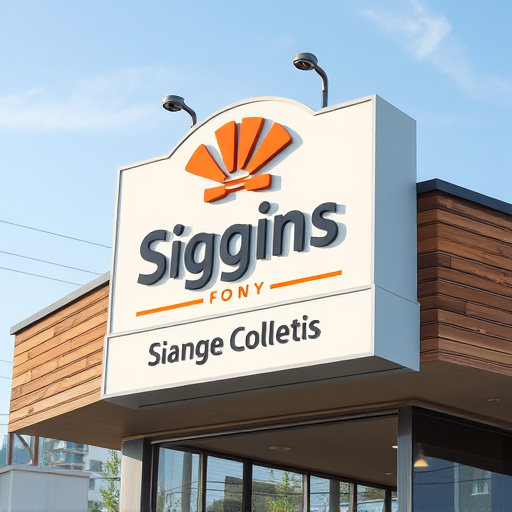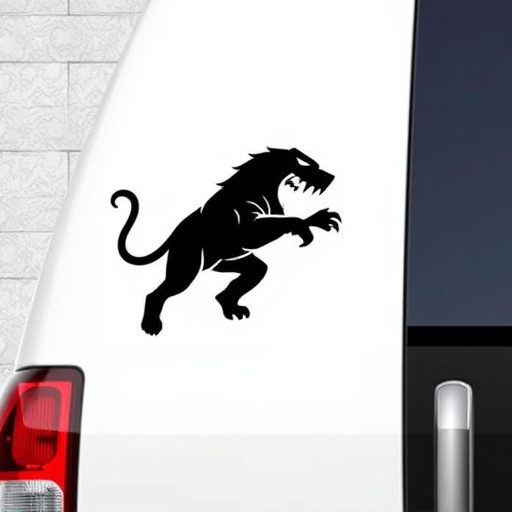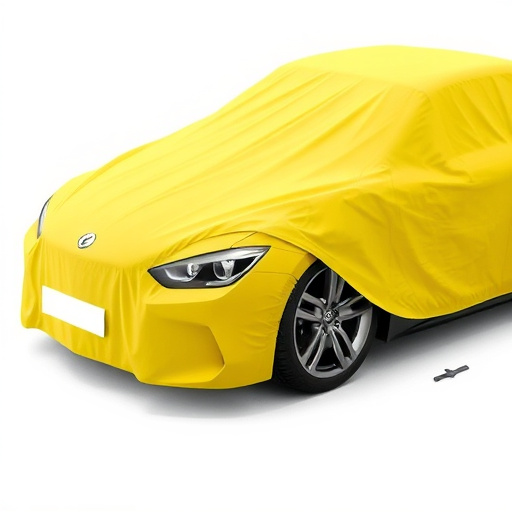Wall graphics installation has become a popular way to enhance commercial spaces with versatile, impactful, and customizable decor. Using materials like vinyls and ceramic coatings, businesses can transform offices and retail environments, much like car customization. The process involves precise surface preparation, careful graphic placement, and techniques like masking and protective coatings for longevity. Best practices for installation include high-resolution prints on durable substrates, clean walls, and protective coatings against fading and damage. Regular maintenance is key to preserving the graphics' appearance over time.
“Transforming bland office walls or retail spaces into captivating displays is now at your fingertips with wall graphics installation. This innovative technique offers a versatile, cost-effective way to elevate any commercial space. From eye-catching visuals to durable materials, wall graphics are revolutionizing interior design.
Our comprehensive guide delves into the world of wall graphics, covering everything from understanding material options and design possibilities to a step-by-step installation process. We’ll also share expert tips for long-lasting results in offices and retail settings.”
- Understanding Wall Graphics: Materials, Designs, and Benefits for Commercial Spaces
- The Installation Process: Step-by-Step Guide for Seamless Application
- Best Practices and Tips: Ensuring Longevity and Impact in Offices and Retail Environments
Understanding Wall Graphics: Materials, Designs, and Benefits for Commercial Spaces
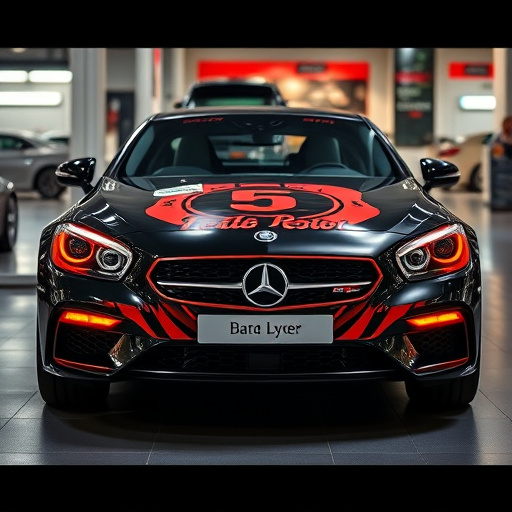
Wall graphics have become a popular choice for transforming commercial spaces, offering a versatile and impactful way to enhance aesthetics and engage audiences. These graphic elements are essentially large-scale decors that can be applied to walls using various materials and methods. The key lies in understanding the options available to create the perfect visual impact.
Materials range from vinyls to ceramic coatings, each with unique properties. Vinyl wall graphics are versatile and cost-effective, suitable for short-term installations or areas that require frequent changes. Ceramic window tinting, on the other hand, provides a more durable solution, ideal for outdoor spaces or high-traffic areas where the graphic needs to withstand environmental conditions. Much like car customization, where owners seek unique and personalized designs, businesses can now apply similar creativity to their walls with custom graphics, ensuring their brand identity is showcased effectively while also adding a touch of modern aesthetics to offices and retail environments.
The Installation Process: Step-by-Step Guide for Seamless Application
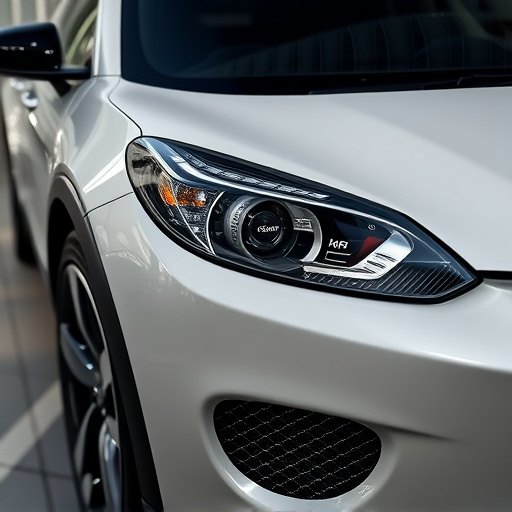
The wall graphics installation process involves several meticulous steps to ensure a seamless and eye-catching final product. It begins with preparing the surface, which includes cleaning, patching any holes or imperfections, and ensuring the area is free from dust or debris. This crucial step ensures the adhesive binds well to the wall.
Next, it’s time for application. The graphic is carefully unrolled and aligned with the intended location. A key tool here is a squeegee, used to apply pressure and smooth out any bubbles or wrinkles in the material. Professional installers may employ a variety of techniques, including masking off surrounding areas and using protective coatings like ceramic coating for added UV protection. This not only preserves the graphic’s vibrancy but also provides extra durability against environmental factors.
Best Practices and Tips: Ensuring Longevity and Impact in Offices and Retail Environments

When it comes to wall graphics installation in offices and retail spaces, best practices are key to ensuring longevity and visual impact. First and foremost, consider the quality of materials; opt for high-resolution prints with durable vinyl or mesh substrates to withstand heavy foot traffic and potential exposure to sunlight. Proper preparation of the surface is vital; ensure walls are clean, smooth, and free from imperfections like bubbles or cracks, as these can affect the final appearance and adhesion.
For enhanced protection and preservation, apply protective coatings after installation. This step, often overlooked, shields the graphics from fading, tearing, and damage caused by cleaning or environmental factors. Just as car owners use paint correction to enhance their vehicle’s finish, the right coatings can bring out the vibrancy of wall graphics while providing a barrier against wear and tear. Regular maintenance, including gentle cleaning and repair of any damaged areas, will also contribute to keeping these installations looking fresh and impressive for years to come.
Wall graphics installation offers a dynamic way to transform offices and retail spaces, enhancing aesthetics and communication. By understanding materials, designs, and benefits, coupled with a meticulous installation process and best practices, businesses can achieve impactful and long-lasting visual solutions. Implementing these strategies ensures that wall graphics not only elevate the space but also leave a lasting impression on visitors and employees alike.
